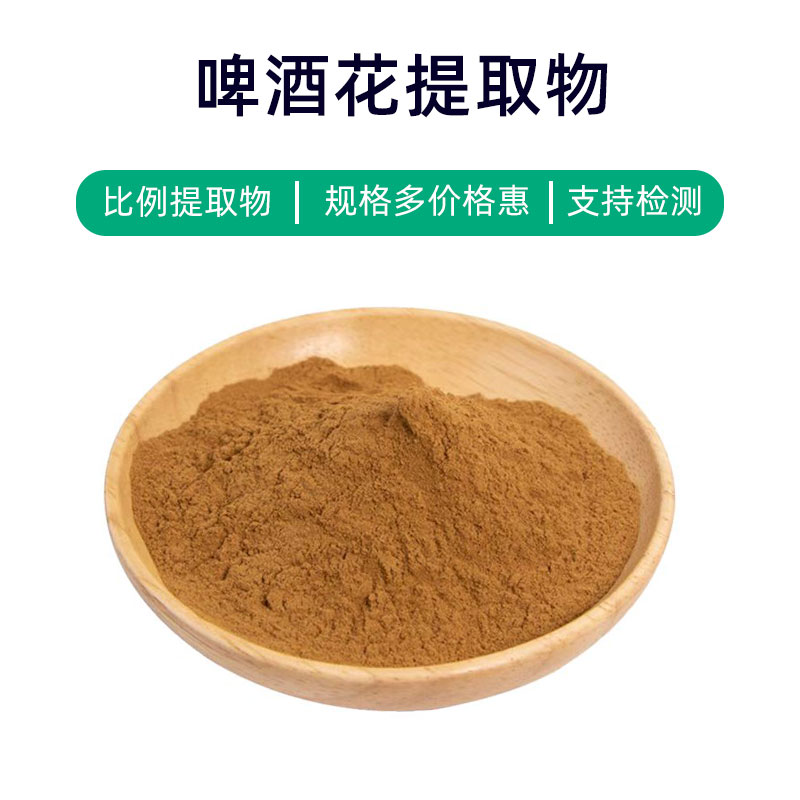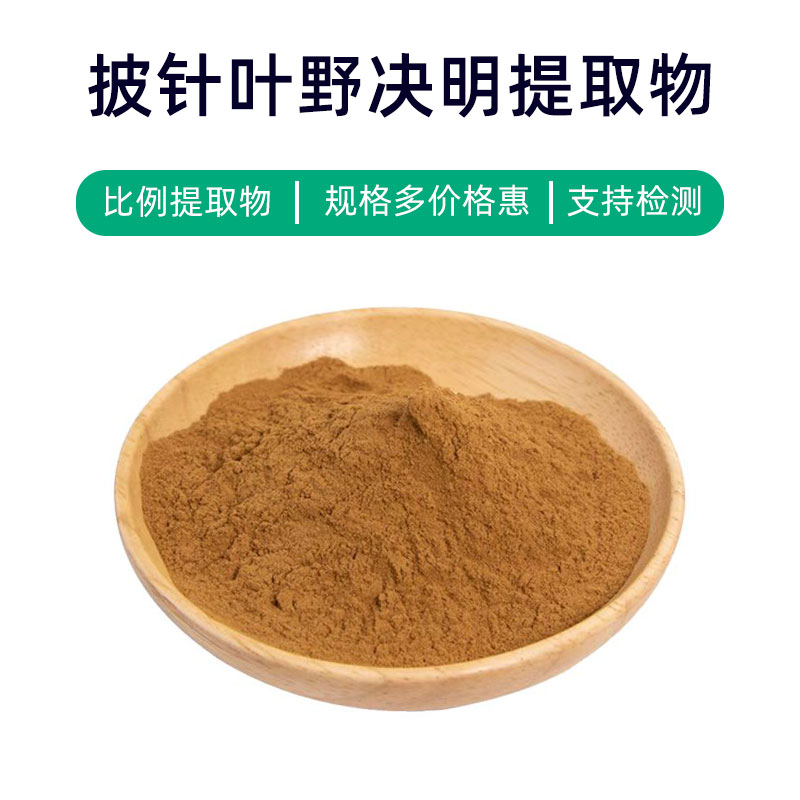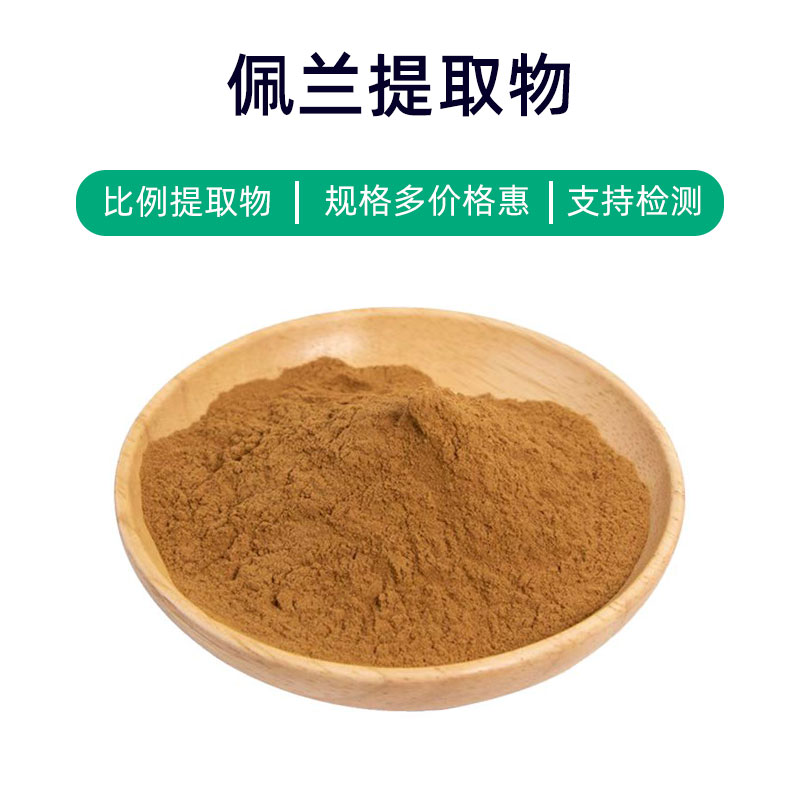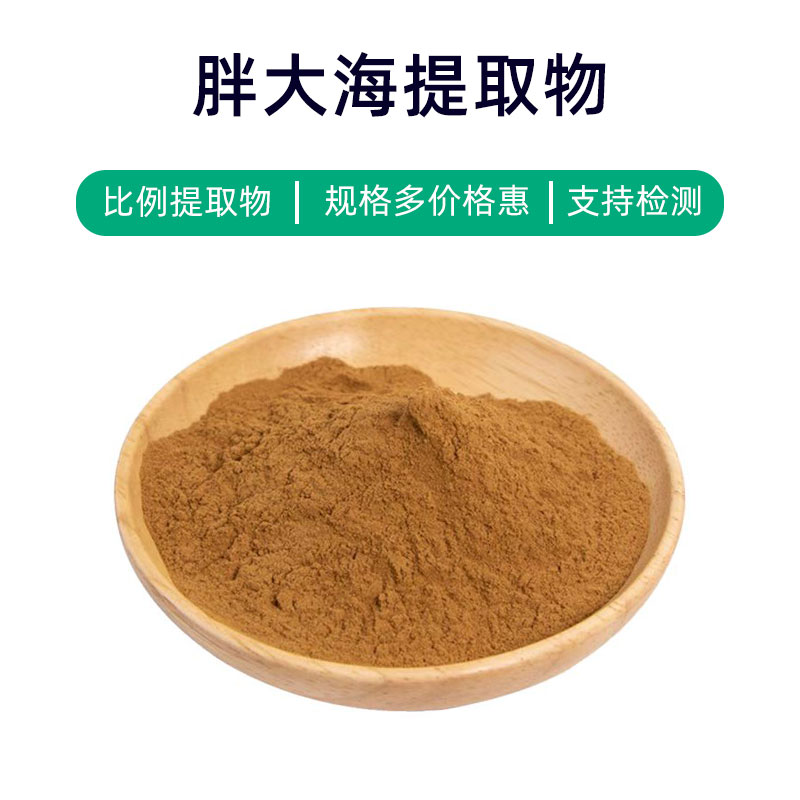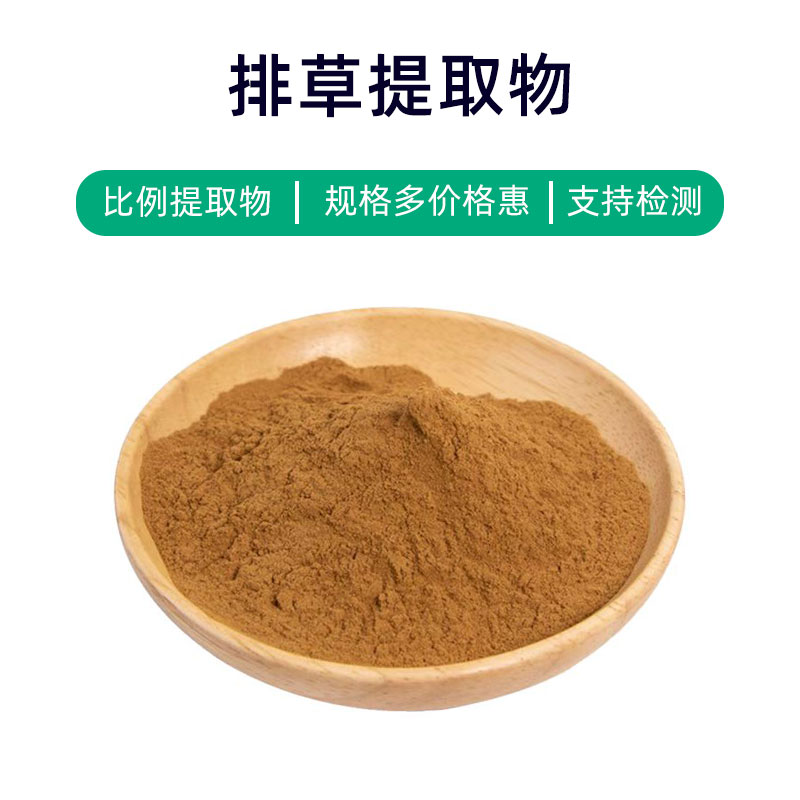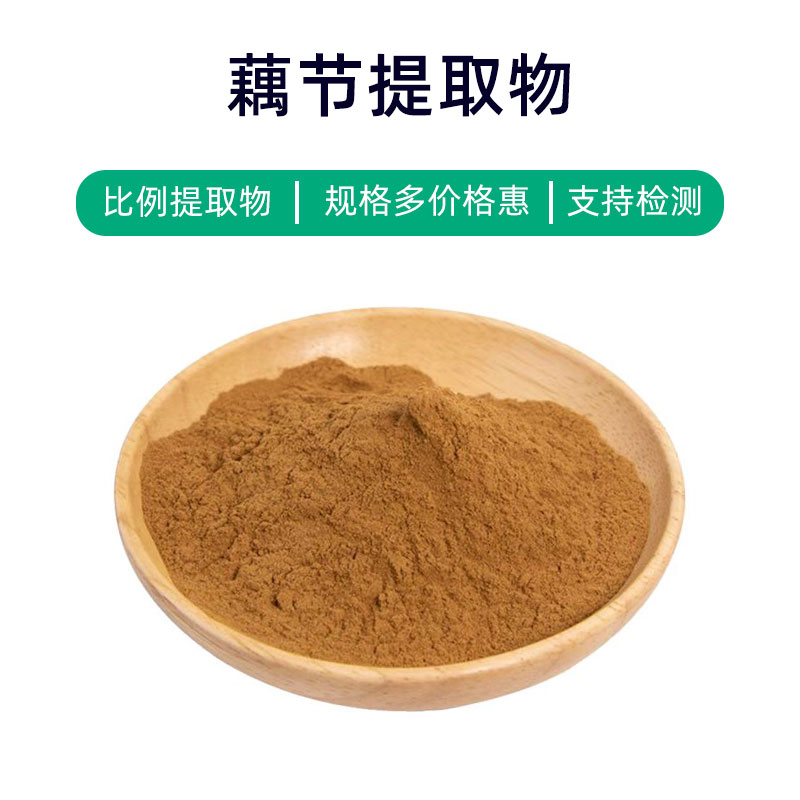Red Yeast Rice Extract Product Introduction
Red Yeast Rice Extract is an extract obtained from the fermentation of rice by Monascus purpureus, containing active components such as tannins, monacolin, and various lipids that are products of the fermentation process. Due to its rich active components, Red Yeast Rice Extract is widely used in dietary supplements, food additives, and seasonings.
The primary benefits of this product can be summarized as follows:
- Lipid Regulation: Components like monacolin in Red Yeast Rice Extract help lower blood lipids and regulate lipid levels, supporting cardiovascular health.
- Antioxidant Properties: Rich in tannins and other antioxidants, Red Yeast Rice Extract helps eliminate free radicals, slows down cellular aging, and enhances the body's antioxidant capability.
- Blood Pressure and Blood Sugar Reduction: Research indicates that Red Yeast Rice Extract can help regulate blood pressure and blood sugar levels, potentially lowering risks for individuals with hypertension and hyperglycemia.
- Improved Circulation: The active components in Red Yeast Rice Extract promote blood circulation and enhance microcirculation, contributing to overall health.
In applications, Red Yeast Rice Extract is commonly used in supplement formulations as a functional ingredient for lipid regulation, antioxidant effects, and cardiovascular support. It is widely utilized in the food industry as a natural coloring agent and preservative in products like rice wine and cured meats. Additionally, it can be added to seasonings to enhance the flavor and appearance of foods.
Red Yeast Rice Extract Production Process
Red Yeast Rice Extract is a commonly used natural colorant and food additive, and its production process typically involves the following steps:
- Cultivation of Red Yeast Rice: High-quality red yeast rice is selected for cultivation, promoting the growth and reproduction of Monascus fungi by controlling temperature, humidity, and ventilation.
- Fermentation: The cultivated red yeast rice is mixed with an appropriate amount of water to create a fermentation mash. Under suitable temperature and humidity conditions, the Monascus fungi grow and ferment within this mash.
- Extraction: After a designated fermentation period, the fermented rice mash undergoes extraction. This is usually done through water extraction or organic solvent extraction to isolate pigments and active substances from the red yeast.
- Concentration: The extracted liquid is concentrated to remove moisture, making the product more concentrated.
- Filtration and Purification: The concentrated product is filtered and refined to remove impurities and enhance quality and purity.
- Drying: The refined product is then dried to reduce moisture content for better preservation and transportation.
- Packaging: Finally, the dried Red Yeast Rice Extract is packaged using appropriate materials and methods to ensure the product's quality and safety.
Each step of this production process requires strict parameter controls to ensure the quality and stability of the final product.
Red Yeast Rice Extract Effects and Side Effects
Red Yeast Rice Extract, derived from Monascus purpureus, is a natural product commonly used as a food additive and medicinal ingredient. It has various effects and benefits, including:
- Natural Coloring Agent: Rich in monascorubrin and other pigment components, Red Yeast Rice Extract acts as a food coloring agent used in processing products such as ham, sausage, and tofu, giving them an appealing red or pink color.
- Lipid Regulation: Studies indicate that some active components in Red Yeast Rice Extract can lower blood lipid levels, regulating cholesterol and triglyceride levels and supporting cardiovascular health.
- Antioxidant Effects: Rich in polyphenolic compounds, Red Yeast Rice Extract has strong antioxidant properties, helping to eliminate free radicals, slowing down cellular aging, and protecting cells from oxidative stress.
- Blood Sugar Reduction: Some studies suggest that certain components in Red Yeast Rice Extract may help lower blood sugar levels, assisting in the management of diabetes.
- Immune System Support: Contains polysaccharides that can help regulate immune function, enhancing the body's defense mechanisms.
- Antibacterial and Antiviral Properties: Some components in Red Yeast Rice Extract exhibit antibacterial and antiviral effects, inhibiting the growth of bacteria and viruses and helping to prevent infectious diseases.
Despite its benefits, caution should be exercised when using Red Yeast Rice Extract:
- Overconsumption May Cause Adverse Reactions: Long-term or excessive intake may lead to digestive issues, liver dysfunction, and other adverse effects. Adhering to recommended dosages is important to avoid excess consumption.
- Individual Differences: Some individuals may experience allergic reactions or intolerances to Red Yeast Rice Extract; those experiencing allergic symptoms should stop usage and consult a doctor.
- Caution for Specific Populations: Pregnant women, nursing mothers, and children should be cautious when using Red Yeast Rice Extract and ideally consult a healthcare provider.
In summary, when used appropriately, Red Yeast Rice Extract offers numerous benefits as a natural product; however, attention to appropriate dosages and individual differences is crucial to ensure safe and effective use.
Red Yeast Rice Extract Applications and Dosage
Red Yeast Rice Extract is widely applied in the pharmaceutical, food, and cosmetic industries, with varying applications and dosages:
Pharmaceutical Applications:
- Lipid-Lowering Medications: The monacolin components in Red Yeast Rice Extract help lower cholesterol and triglyceride levels, commonly used for producing lipid-lowering medications.
- Cardiovascular Supplements: Given its lipid-regulating and antioxidant properties, Red Yeast Rice Extract is used in cardiovascular health supplements supporting heart health.
Food Applications:
- Food Coloring Agent: Rich in monascorubrin, Red Yeast Rice Extract is widely used as a food coloring agent in products such as ham, sausage, and tofu for an attractive red or pink hue.
- Preservative: Some components have antimicrobial properties, making Red Yeast Rice Extract a suitable food preservative to extend shelf life.
- Seasoning: Its inherent flavor can be utilized in producing seasonings like red yeast rice wine and red yeast rice sauce.
Cosmetic Applications:
- Beauty and Skincare Products: With antioxidant and moisturizing properties, Red Yeast Rice Extract is often used in skincare products like creams and masks to help reduce signs of aging.
- Hair Dye: Its natural pigments can be incorporated into hair dyes to achieve red or auburn coloring effects.
Dosage:
- Pharmaceutical Dosage: Follow a doctor’s guidance and adhere to recommended dosages in medication instruction manuals, usually administered orally or topically.
- Food Dosage: Add an appropriate amount of Red Yeast Rice Extract based on processing needs, generally following food safety standards and production requirements.
- Cosmetic Dosage: Based on formulation design, an adequate quantity of Red Yeast Rice Extract is added to skincare products or hair dyes, typically using proportions outlined in the formulation.
In conclusion, as a natural product, Red Yeast Rice Extract finds extensive applications in pharmaceuticals, food, and cosmetics. Its dosage should be carefully controlled based on specific products and production requirements to ensure safety and effectiveness.
Red Yeast Rice Extract Source Plant Introduction, Distribution, and Growing Environment
The source of Red Yeast Rice Extract is a particular fungus, Monascus purpureus, which is not a plant but a fungal organism. This fungus belongs to the Ascomycota phylum, Eurotiales order, and Monascaceae family, and is widely found in nature.
Plant Introduction:
Monascus purpureus appears in filamentous form, typically white or grayish-white in its mycelium, but under optimal cultivation conditions, it produces red or orange spores, hence the name. Its mycelium generally grows on nutrient-dense substrates like rice, corn, and wheat, utilizing these materials for nutrition and reproduction.
Distribution:
Monascus purpureus is widespread in nature, primarily found in subtropical and tropical regions, thriving best in temperatures ranging from 20-30 degrees Celsius, with higher humidity being favorable for its growth. Under natural conditions, it can live in various environments, including soil, air, and on plant surfaces.
Growing Environment:
- Temperature: The optimal growth temperature for Monascus purpureus is between 20-30 degrees Celsius; while elevated temperatures can promote growth, excessively high temperatures may inhibit it.
- Humidity: Preferring humid environments, it grows best at humidity levels above 70%.
- Substrate: The mycelium primarily develops on substrates rich in starch and protein, such as rice and cereals; it can also grow on legumes and wood.
- Ventilation: Adequate ventilation is beneficial for oxygen supply and carbon dioxide removal, supporting the growth of Monascus purpureus.
- Light Exposure: Monascus purpureus is not sensitive to light, thus it is generally cultivated in darkness.
Overall, the ideal growing conditions for Monascus purpureus include appropriate temperature and humidity, rich substrates, and good air circulation. Under these conditions, it can thrive, extracting nutrients for growth while producing red or orange spores, which are utilized in the production of red yeast rice and Red Yeast Rice Extract.
Red Yeast Rice Extract Processing and Storage
The processing of Red Yeast Rice Extract typically involves extraction, concentration, filtration, and drying. Initially, extraction is conducted to obtain active components from the red yeast rice, followed by purification through concentration and filtration, and finally, drying is implemented to reduce moisture content for storage. When storing, keep it in a dry, cool, and ventilated area, avoiding direct sunlight and high temperatures, and seal the product to prevent moisture ingress.
Monica Sun is a seasoned expert in the plant extraction industry with over a decade of experience in research and production. She specializes in the extraction and purification of plant active ingredients, focusing on driving innovation in natural product applications. Monica has participated in the development of multiple functional plant extracts, delivering high-value natural raw material solutions for the health food, pharmaceutical, and dietary supplement sectors.









